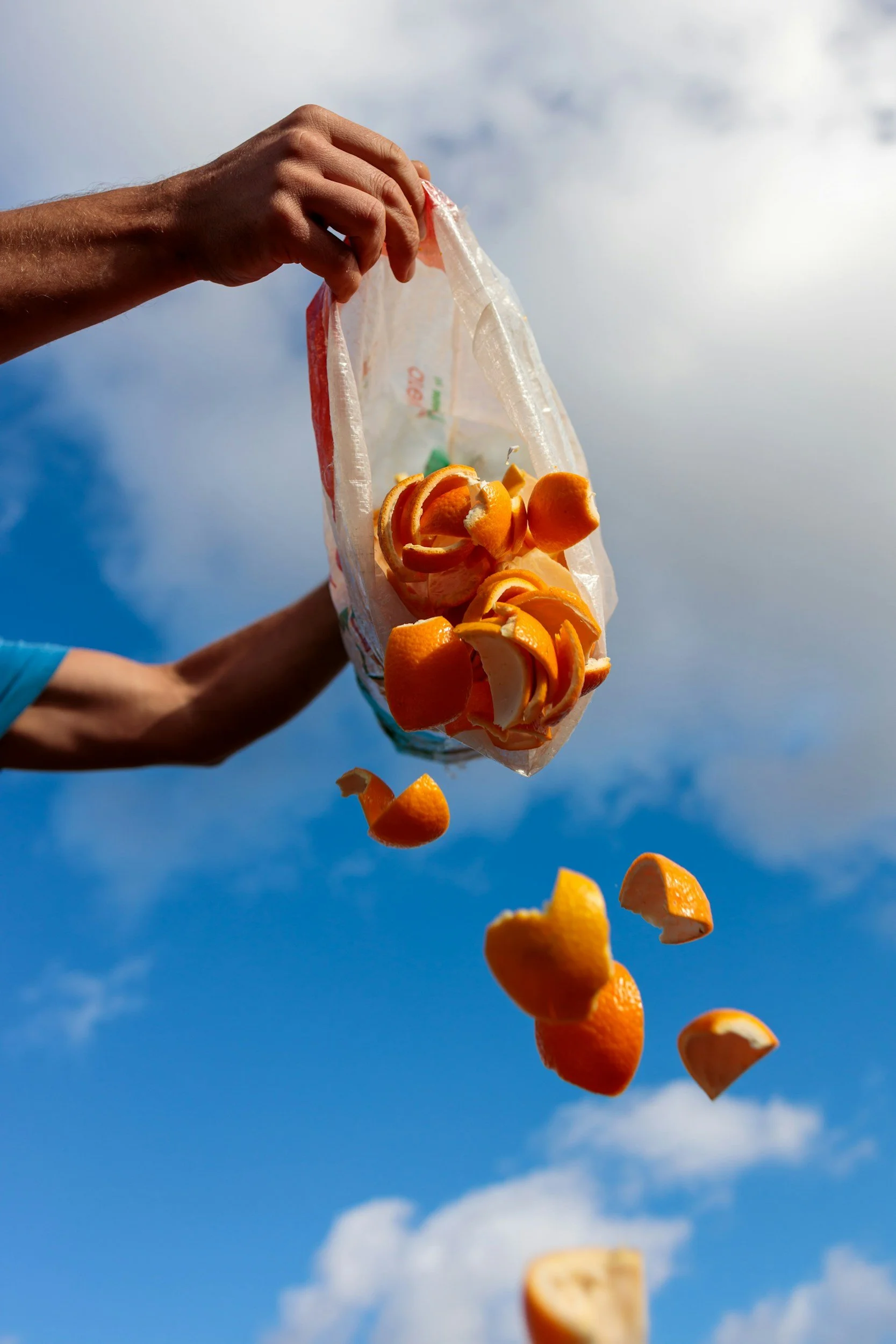Your Food Waste Could Feed the World
Every time we cook a little too much pasta, forget a bag of spinach in the fridge, or scrape uneaten fries into the trash at a restaurant, we’re part of a silent crisis. America wastes 92 billion pounds of food every year — that’s about 145 billion meals thrown away. Put another way, nearly 40% of the U.S. food supply never gets eaten.
It isn’t just the leftovers we forget. Restaurants alone toss out more than 11 million tons of food a year, often because of oversized portions or spoilage. Households aren’t off the hook either: the average family throws away almost $2,900 worth of groceries annually — food that was perfectly edible at one point.
Globally, the numbers sting even more. While 1 billion metric tons of food are wasted each year, nearly 800 million people go to bed hungry. If we redirected what we toss, there would be enough food to feed two billion people — more than double the number currently struggling with hunger.
This isn’t a problem “out there.” It’s on us — at home in our kitchens, in our favorite restaurants, and in the systems that shape how food is produced and sold. The good news? Change starts with simple shifts in how we treat our leftovers.
Small Shifts, Big Impact: What to Do With Leftovers
Plan meals, not just groceries.
Write down what you’ll actually eat in a week. Pair perishable items (like herbs, berries, or greens) with multiple meals so they don’t spoil before you get to them.Love your freezer.
Leftover chili, roasted vegetables, bread, or even half a cake can freeze beautifully. Label with the date and you’ll thank yourself later on busy nights.Re-invent, don’t repeat.
Yesterday’s roast chicken can become today’s tacos. That lonely bowl of rice? Stir-fry it with an egg and veggies for fried rice. Transforming food keeps meals exciting and cuts waste.Broths, sauces & snacks from scraps.
Save carrot tops, onion skins, and bones to simmer into stock.
Blitz soft fruits into smoothies.
Bake potato peels into crunchy chips.
Portion smarter in restaurants.
Don’t be shy about sharing plates, asking for half portions, or boxing up leftovers. Restaurants lose up to $25 billion a year to wasted food — and diners can play a role in reducing it.Donate if you can.
Community fridges, food banks, and apps like Too Good To Go or OLIO connect people with surplus food before it spoils.
Why It Matters
Food waste doesn’t just cost us money — it costs the planet. Decomposing food in landfills releases methane, a greenhouse gas more potent than carbon dioxide. That forgotten bag of lettuce in your fridge? It carries the water, land, and energy it took to grow it.
Repurposing leftovers is more than a kitchen hack. It’s a statement: that we value the food on our plate, the farmers who grew it, and the people who don’t have enough of it.
America doesn’t have a food shortage problem — we have a food waste problem. And the solution might just start with what’s sitting in your fridge right now.

